Wabi-sabi is a profound and intricate philosophy rooted in Japanese culture, emphasizing the beauty found in imperfection, transience, and the natural cycle of growth and decay. This aesthetic is not merely a design principle but a worldview that encourages individuals to appreciate the fleeting nature of life and the inherent beauty in the imperfect. The term “wabi” originally referred to the simplicity and rusticity of life, often associated with the humble and unadorned aspects of existence.
In contrast, “sabi” denotes the beauty that comes with age, the patina of time that adds character and depth to objects. Together, these concepts create a holistic appreciation for the world around us, inviting us to find joy in the mundane and the overlooked. At its core, wabi-sabi challenges the conventional notions of beauty that are often tied to perfection and uniformity.
Instead of seeking flawlessness, it encourages an acceptance of the natural state of things, where imperfections tell a story and evoke emotions. This philosophy can be traced back to Zen Buddhism, which emphasizes mindfulness and living in harmony with nature. By embracing wabi-sabi, individuals can cultivate a deeper connection with their surroundings, fostering a sense of peace and contentment that arises from recognizing the beauty in life’s inevitable imperfections.
Embracing Imperfection in Design
In the realm of design, wabi-sabi offers a refreshing perspective that stands in stark contrast to contemporary trends that prioritize sleekness and uniformity. Designers who adopt this philosophy often seek to create spaces and objects that reflect authenticity and individuality. This approach celebrates asymmetry, irregularity, and the natural textures found in materials.
For instance, a handcrafted ceramic bowl may exhibit uneven edges or a glaze that varies in color, yet these characteristics enhance its charm and uniqueness. Such imperfections invite users to engage with the object on a personal level, fostering a connection that mass-produced items often lack. Moreover, embracing imperfection in design encourages sustainability and mindfulness.
In a world increasingly dominated by fast fashion and disposable goods, wabi-sabi advocates for a return to craftsmanship and quality. By valuing handmade items that may show signs of wear or irregularities, consumers are prompted to consider the environmental impact of their choices. This shift towards appreciating the beauty of imperfection not only enriches our living spaces but also promotes a more sustainable lifestyle that honors both the materials used and the artisans who create them.
Handcrafted Beauty: The Wabi-Sabi Table Lamp
One striking embodiment of wabi-sabi principles can be found in handcrafted table lamps that showcase the beauty of imperfection. These lamps often feature organic shapes, uneven surfaces, and textures that reflect the natural world. For example, a lamp made from reclaimed wood may retain its original knots and blemishes, each telling a story of its past life.
The warm glow emitted from such a lamp creates an inviting atmosphere, transforming any space into a sanctuary of tranquility. The allure of a wabi-sabi table lamp lies not only in its aesthetic appeal but also in its ability to evoke emotions and memories. Each lamp becomes a unique piece of art, inviting contemplation and reflection.
When placed in a room, it serves as a reminder to embrace the beauty of life’s imperfections. The soft light it casts can create an intimate ambiance, encouraging moments of stillness and connection with oneself or loved ones. In this way, the handcrafted table lamp Wasoba transcends its functional purpose, becoming a symbol of serenity and mindfulness.
Finding Serenity in the Flaws
The essence of wabi-sabi lies in finding serenity within flaws—both in objects and in ourselves. This philosophy teaches us that imperfections are not something to be ashamed of but rather aspects that contribute to our uniqueness. In a society that often glorifies perfectionism, wabi-sabi offers a refreshing alternative by encouraging individuals to embrace their own flaws as part of their identity.
This acceptance can lead to greater self-compassion and understanding, fostering a sense of inner peace. In practical terms, finding serenity in flaws can manifest in various ways. For instance, when we encounter a chipped mug or a scratched table, instead of viewing these imperfections as detriments, we can choose to see them as markers of history and experience.
Each scratch tells a story; each chip signifies moments shared with friends or family. This shift in perspective allows us to cultivate gratitude for our possessions and experiences rather than focusing on their shortcomings. By adopting this mindset, we can create an environment that nurtures acceptance and appreciation for both ourselves and our surroundings.
The Art of Imperfect Beauty
The art of imperfect beauty is central to the wabi-sabi philosophy, inviting us to explore creativity through the lens of authenticity. Artists and designers who embrace this concept often draw inspiration from nature’s irregularities—think of the gnarled branches of trees or the asymmetrical shapes found in rocks along a riverbank. These natural forms serve as reminders that beauty is not confined to symmetry or uniformity; rather, it flourishes in diversity and unpredictability.
In practice, this artistic approach can be seen in various mediums, from pottery to textiles. A piece of pottery that features an uneven rim or an unexpected color variation becomes a testament to the artist’s hand and intention. Similarly, textiles woven with irregular threads or dyed using natural methods reflect the beauty inherent in their creation process.
By celebrating these imperfections, artists invite viewers to engage with their work on a deeper level, fostering connections that transcend mere aesthetics.
Celebrating the Uniqueness of Wabi-Sabi Design
Wabi-sabi design is characterized by its celebration of uniqueness—each piece tells its own story through its imperfections. This celebration extends beyond individual objects; it encompasses entire spaces that reflect the personality and experiences of those who inhabit them. A home adorned with wabi-sabi elements may feature mismatched furniture pieces collected over time or art created by local artisans who embrace this philosophy.
Such spaces exude warmth and character, inviting inhabitants and guests alike to appreciate the narratives woven into every corner. Moreover, celebrating uniqueness through wabi-sabi design encourages personal expression. Homeowners are empowered to curate their spaces based on what resonates with them rather than adhering to rigid design trends.
This freedom allows for creativity to flourish as individuals mix textures, colors, and styles that reflect their journeys. The result is an environment that feels authentic and alive—a true reflection of those who dwell within it.
The Timelessness of Wabi-Sabi Aesthetics
The timelessness of wabi-sabi aesthetics lies in its ability to transcend cultural boundaries and resonate with universal human experiences. While rooted in Japanese tradition, the principles of wabi-sabi have found relevance across various cultures and contexts. In an increasingly globalized world where mass production often dominates design landscapes, wabi-sabi serves as a counterpoint—a reminder that true beauty lies in authenticity and connection.
This timeless appeal is evident in contemporary design movements that draw inspiration from wabi-sabi principles. Minimalist interiors infused with natural materials, organic shapes, and muted color palettes echo the essence of this philosophy while catering to modern sensibilities. As people seek solace from the chaos of contemporary life, wabi-sabi aesthetics offer an antidote—an invitation to slow down, appreciate simplicity, and find joy in the present moment.
Incorporating Wabi-Sabi into Your Home Decor
Incorporating wabi-sabi into home decor involves intentional choices that reflect an appreciation for imperfection and authenticity. One effective way to begin is by selecting furniture pieces that showcase natural materials such as wood or stone—items that bear marks of age or wear can add character to any space. For instance, a reclaimed wood dining table with visible knots and grain variations becomes a focal point that sparks conversation while embodying sustainability.
Textiles also play a significant role in achieving a wabi-sabi aesthetic. Opting for handmade fabrics with irregular patterns or textures can infuse warmth into your home while celebrating craftsmanship. Layering different textiles—such as linen throws or handwoven rugs—creates depth and invites tactile exploration.
Additionally, incorporating plants into your decor not only brings life into your space but also aligns with wabi-sabi principles by embracing nature’s cycles of growth and decay. Artworks that reflect wabi-sabi ideals can further enhance your home’s ambiance. Consider displaying pieces created by local artisans who embrace imperfection or selecting artworks that evoke emotions through their rawness.
By curating your space with intention—focusing on items that resonate with you personally—you create an environment that embodies serenity and authenticity. In conclusion, embracing wabi-sabi within your home decor is about more than just aesthetics; it’s about cultivating an atmosphere that encourages mindfulness and appreciation for life’s fleeting moments. By surrounding yourself with objects that tell stories through their imperfections, you invite tranquility into your daily life while celebrating the beauty inherent in both your surroundings and yourself.


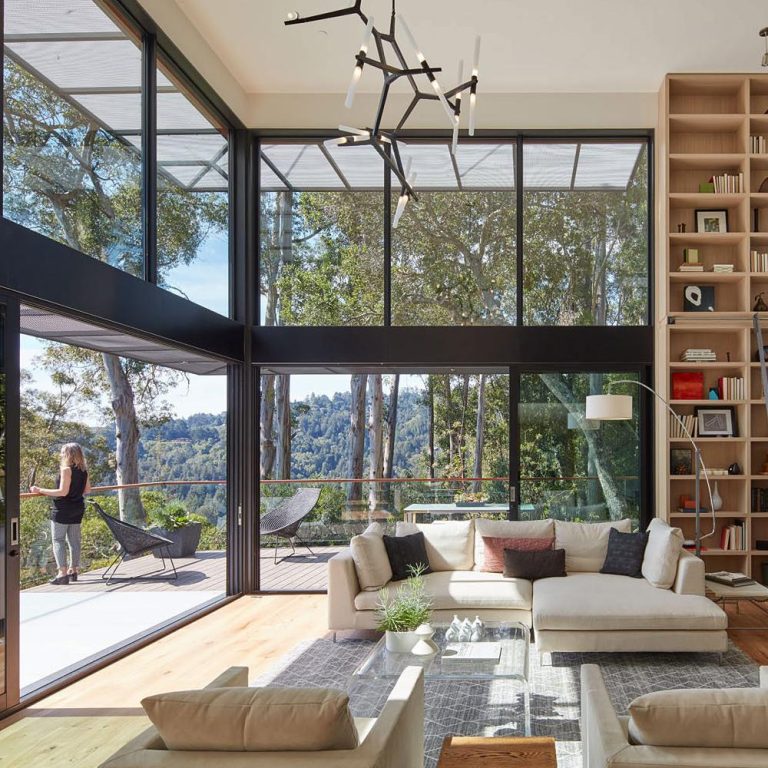
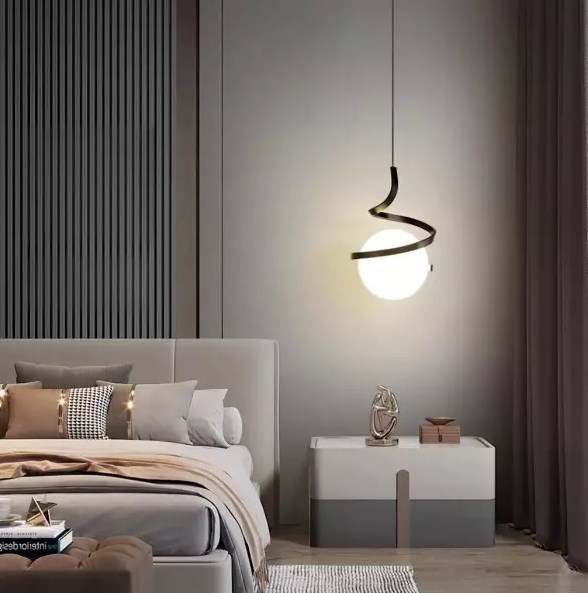
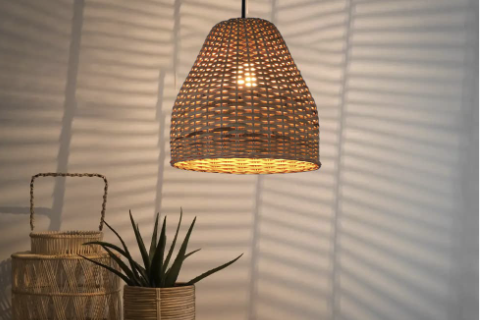
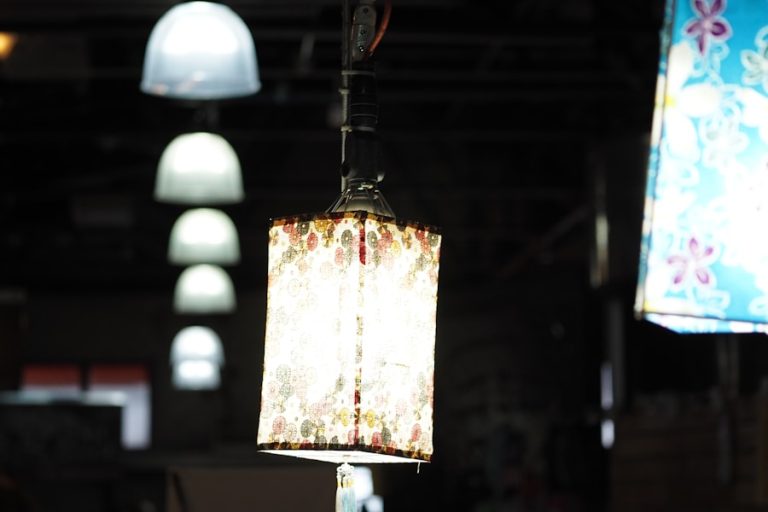
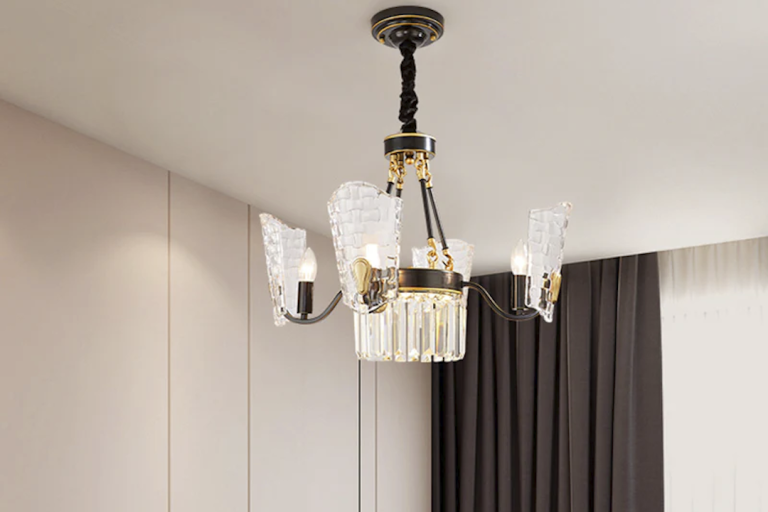
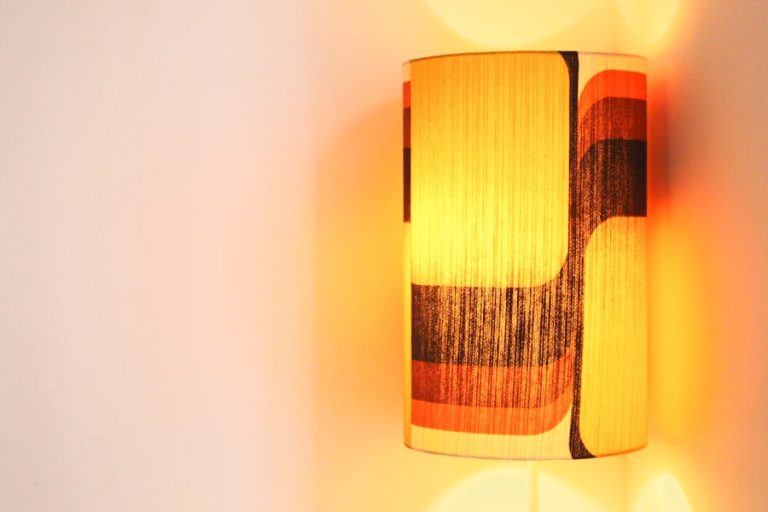
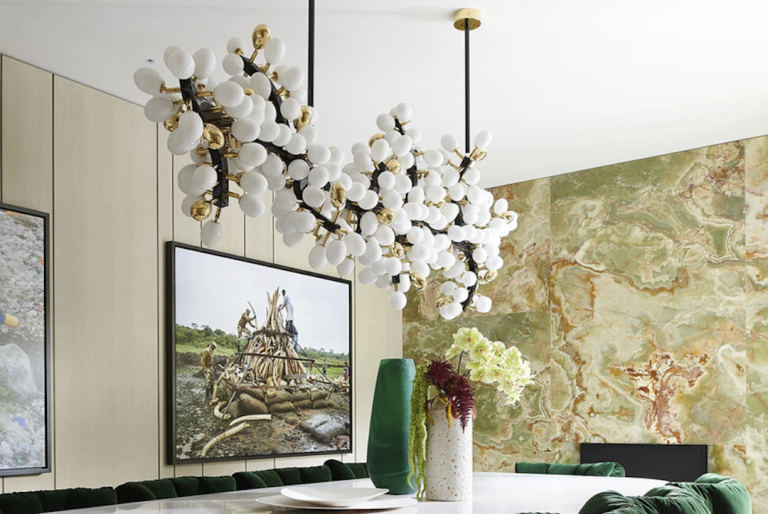
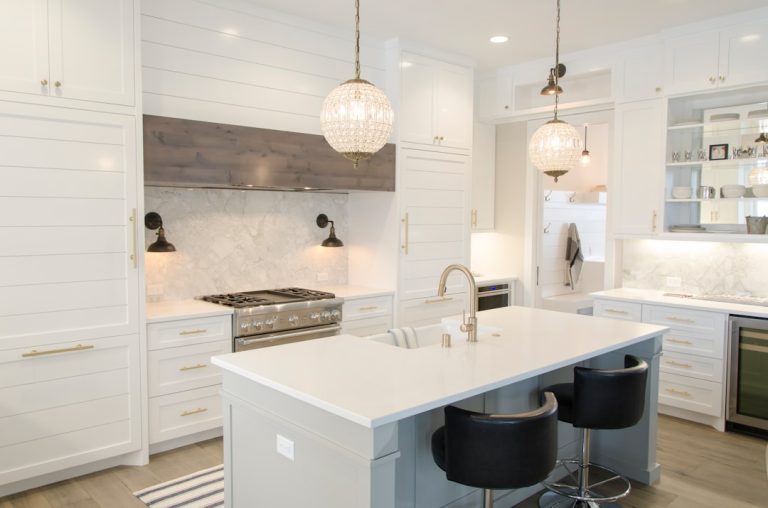
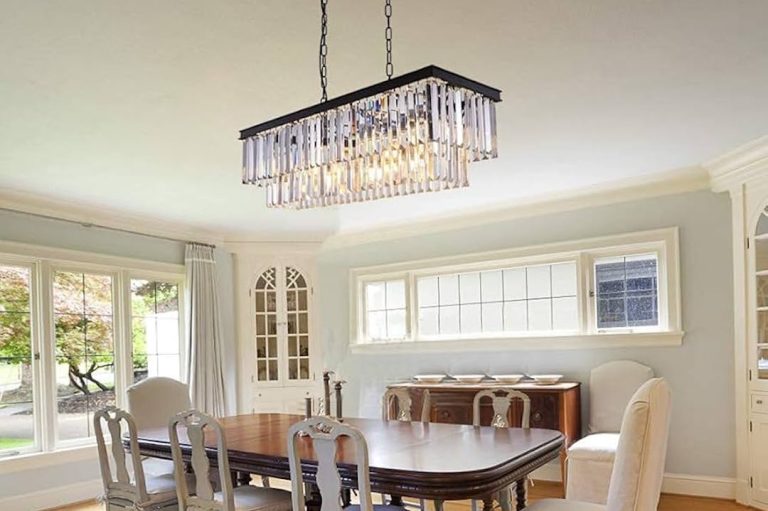
+ There are no comments
Add yours